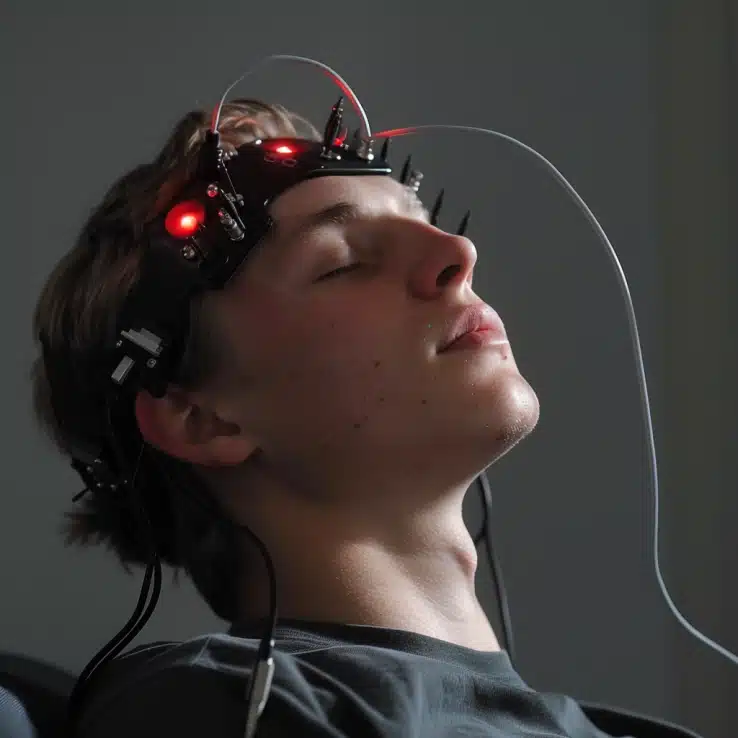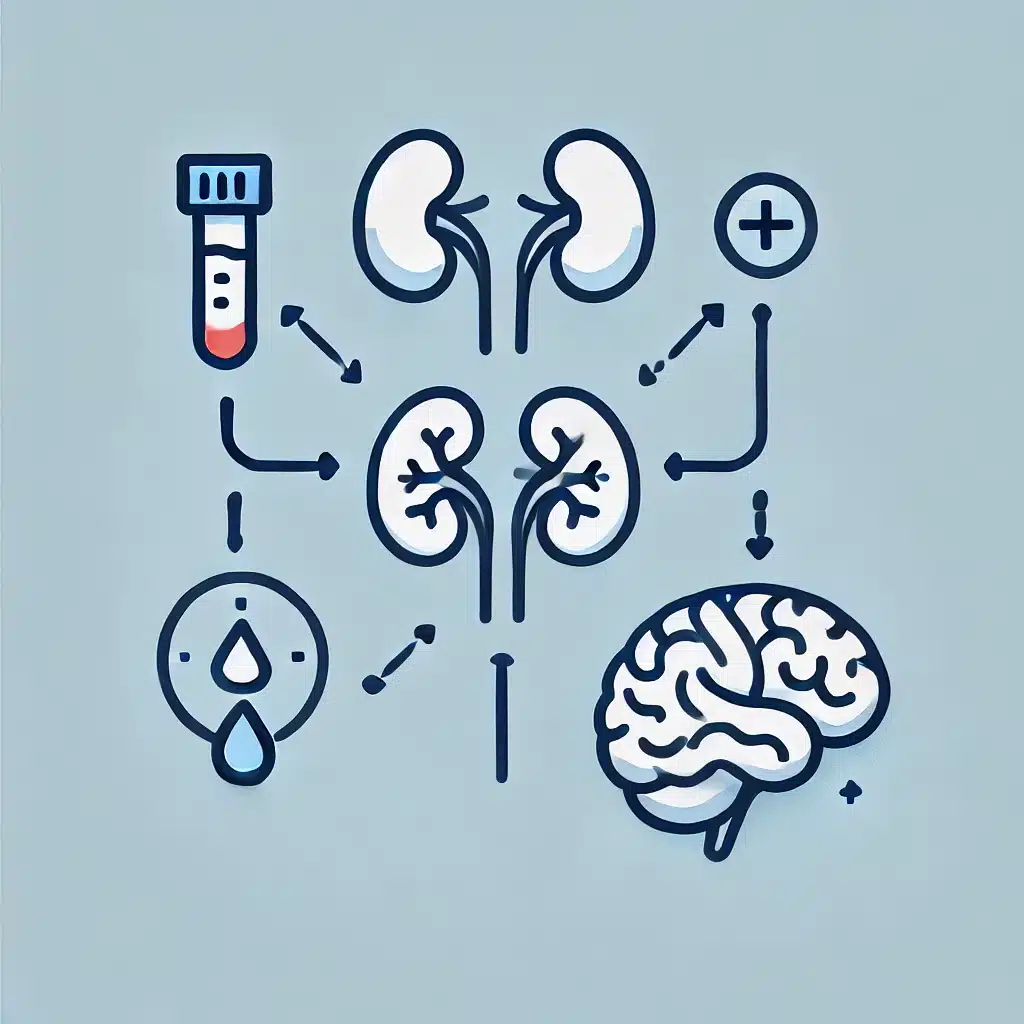ACOT7 Biomarker May Help in Early Diagnosis of Alzheimers Disease (2024 Study)
ACOT7 shows promise as a non-invasive serum biomarker for Alzheimer’s disease (AD) with high diagnostic accuracy. Highlights: Increased Expression: ACOT7 levels were significantly elevated in AD patients and animal models compared to controls. Correlation with Cognitive Decline: A strong negative correlation was observed between serum ACOT7 levels and MMSE scores (r = -0.85; p < …










